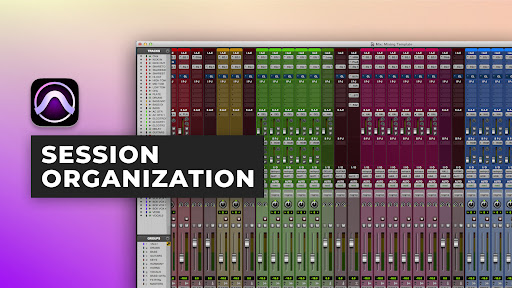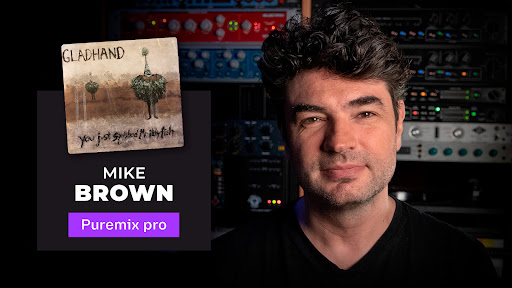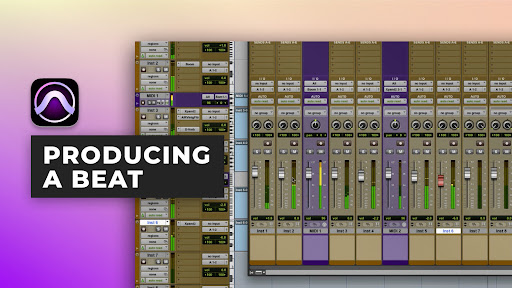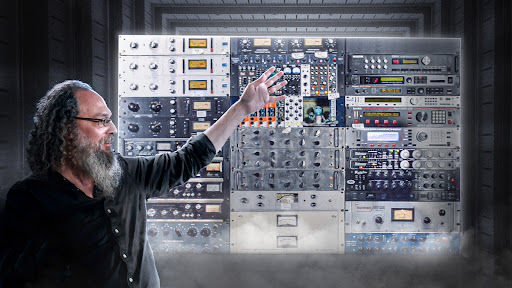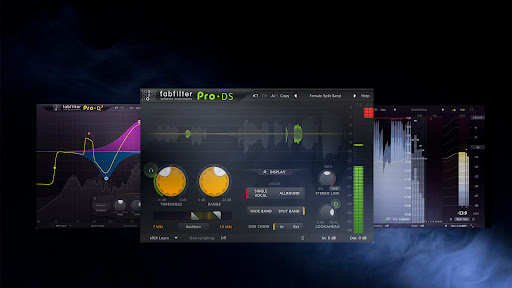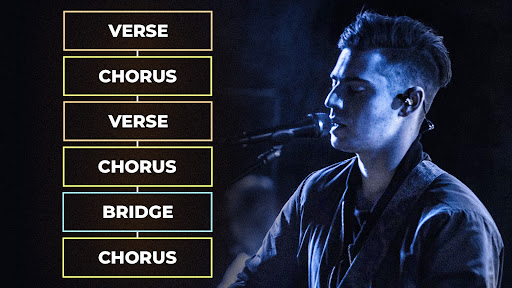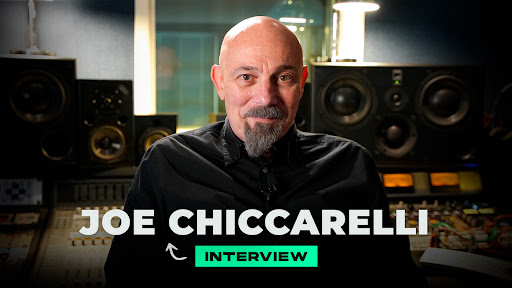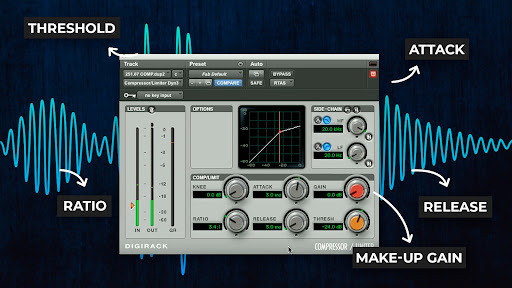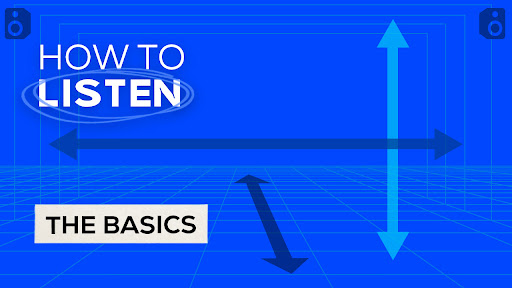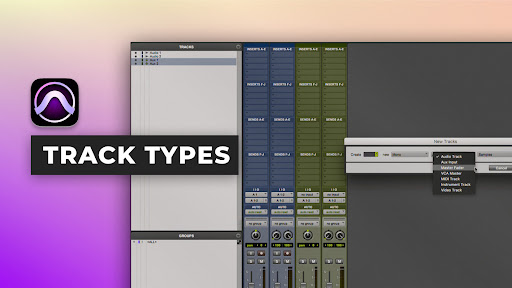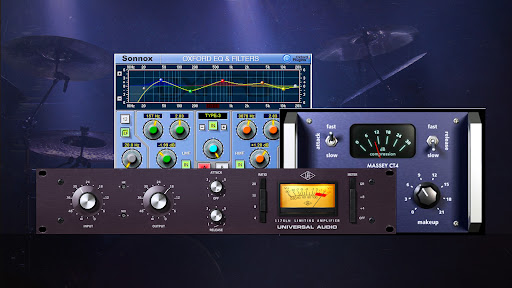
Tutorials
Advanced parallel compression on drums
w/ Fab Dupont
Advanced parallel compression on drums
11 min • 2013
Deutsch, English, Spanish, French, Italian, Portuguese
In this tutorial, Fab Dupont takes the parallel processing madness one notch deeper and shares his advanced parallel drum processing techniques.
Use these tips to:
- Give your drums a larger than life depth, punch, buoyancy and presence
- Preserve the irreplaceable transients and dynamic range
- Learn how to recognize and handle phase issues when working in parallel
We strongly encourage you to watch Fab’s Parallel Compression on Drums to learn the basic principles and concepts that are referred to in this tutorial.
Plugins Used:
- Massey CT4
- Universal Audio UAD 1176LN
- Sonnox Oxford EQ
This video is part of our ultimate compression bundle. Check it out!
4.8
24 reviews

Syn420 • Friday, December 15, 2023
watching these videos after having completed a degree in audio, its like I have a way better understanding outside of learning about parallel compression in school. I love the functionality of the advanced parallel processing!
N
Nookie • Sunday, May 7, 2023
I love this guy and his tutorials
f
fuck.mai • Thursday, March 17, 2022
I'll come back in a few months to process the information hahaha
1
l
luispiina • Tuesday, June 8, 2021
you guys have a issue with the video and the audio, in this video and others.
And I'm trying to contact somebody of your team but I can't find a contact (email, phone, something) it would be great that you guys provide a easy communication channel with some of you to inform about things like the audio and video.
a
alexfont • Monday, April 6, 2020
I'll have to watch it at least 2,3 times more to understand all the process, as the name says.
Advanced, and definitely it is. Fab killing it as usual, good explanation of this complicated concepts. More to this but in electronic music (House Minimal Music) would be great.

jaycarlinmusic • Saturday, February 22, 2020
Just spent the last 6 hours going through all the "Ultimate Compression Bundle" videos, and trying out all the concepts explained on different compressors, etc. I already felt I knew a lot about Compression, but the concepts and suggestions by Fab took me to the next level.
One of the best parts of PureMix might be how a single video can have useful information for beginning, advanced, and semi-pro mixers. You are not only great engineers, you're great teachers. Thank you.

pchimbidis • Wednesday, November 20, 2019
Fab, your videos are always so informative. Thanks! I know it's an older video, but I have a question: when you copied the mix to the send, you copied volume but not pan--your overhead tracks were going to the crush buss without pan information. Was this intentional for effect? When I do a drum crush buss, if I don't pan my overheads and toms to the same place they are in the clean buss, the enhancing effect of the crush buss makes them sound like they aren't panned at all in the overall mix. Or am I doing something wrong?

derek.h • Tuesday, July 2, 2019
Very nice!

G.MICHAELHALL • Monday, October 16, 2017
" One choice is you can do nothing, it's fast.. and sometimes works great"- F.Dupont
Epic
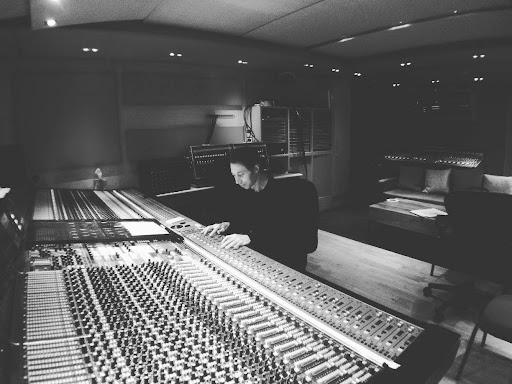
thombleasdale • Tuesday, May 30, 2017
I'm learning so much. Fab, you are a wonderful teacher! Thank you!

soundspace2001 • Thursday, December 1, 2016
A great step compared to the other video concerning parallel compression - very sophisticated - still don't know whether pro's do the same with OH and Room-Mics

composermikeglaser • Wednesday, June 8, 2016
Great video! Often times I'll turn my crush bus down because the kick drum blows it up, sending to the crush via a bus is brilliant! Thank you.
N
Nevets • Tuesday, September 9, 2014
Excellent video! The concepts were perfectly conveyed. I've been able to adapt this to a few sessions in Cubase and noticed that when combining both the clean and crush buses with the additional kick and snare compressed individually, the need to EQ individual kit pieces is greatly reduced.

bradleym • Tuesday, July 29, 2014
Thank you so much for this! It clears up all the "why is this" for me.
Would love a tutorial on the differences between the Linear Phase EQ and the regular EQ in Logic, as they look the same but are named differently.
n
not the mama • Friday, July 4, 2014
I've run into quite a few compressors that have a output mix knob, including Logic's compressor. Couldn't use you use this feature in place of the more complex send routing and call it a day?

